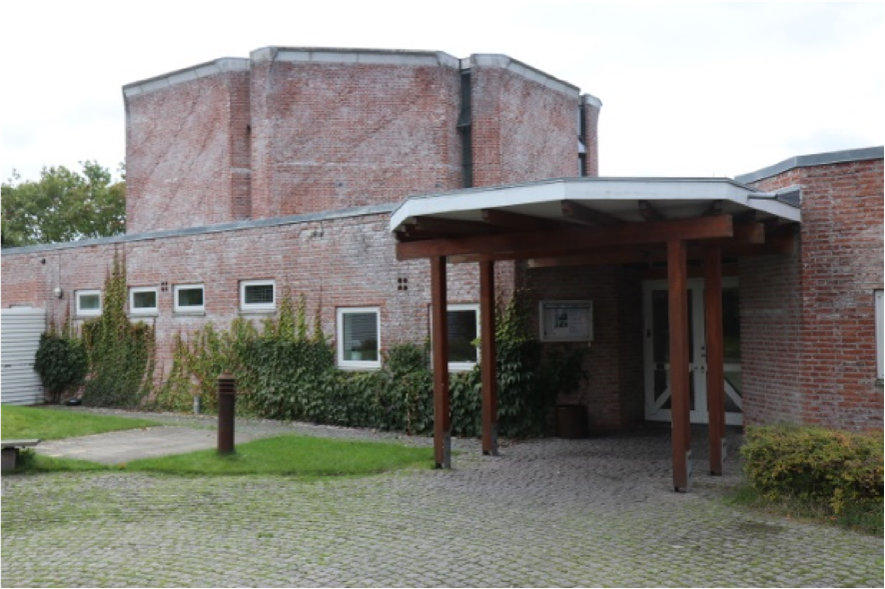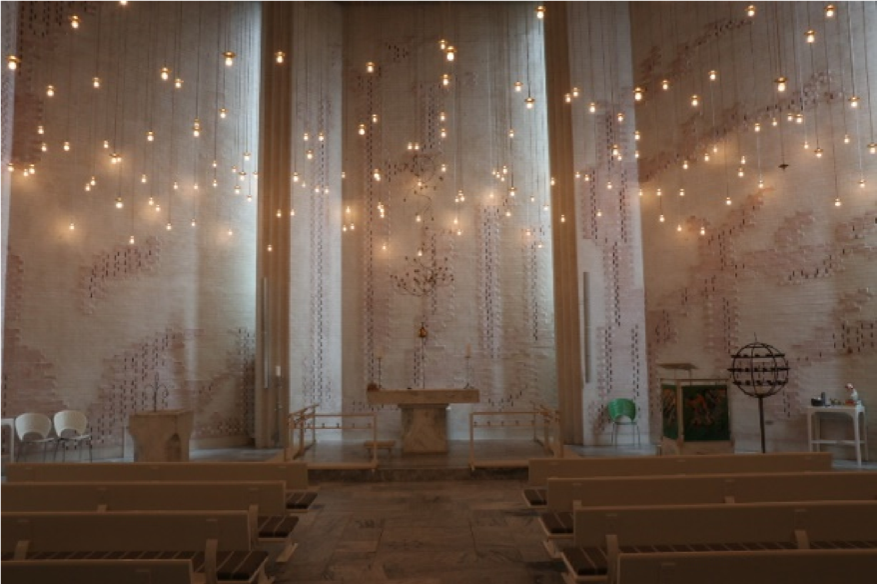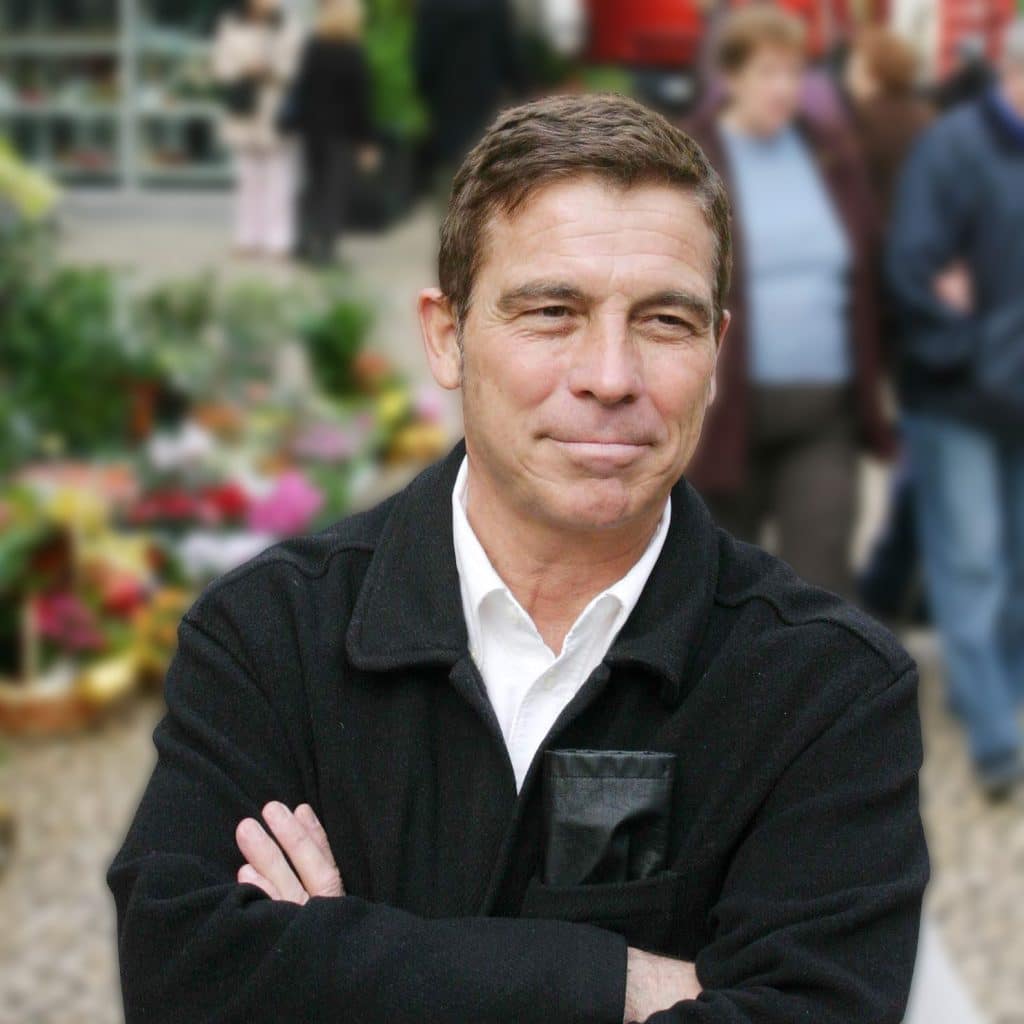Line Marschner
line@linemarschner.dk
Introduction
The paper investigates the possibilities of an architecture of continuity through the work of Danish modern architects and married couple Inger Exner (b. 1926) and Johannes Exner (1926-2015). Their phenomenological efforts to make history, or the flow of time, and what they term the ineffable sensible in their church buildings allow us to see a variety of ways in which the idea of continuity is expressed in modern architecture. Trained by leading members of the Danish functionalist tradition, the Exners have tried to lift the legacy of a phenomenologically sensitive tradition and to integrate the contexts of their buildings, whether natural, cultural, historical, social, and/or spiritual, into the design. While not directly mentioning Frank Lloyd Wright as a source of inspiration, they explore the continuity of nature into built form in ways related to him.[1] In their work, however, the Exners have explored the sense of continuity in architecture in subtle ways.2 Not least in their 13 church buildings they have sought to express continuity of history, and of what they term the ineffable.
In the paper, their Resurrection Church in Albertslund (1984) will serve as a key example. The paper incorporates the philosophical aesthetics of Gernot Böhme (b. 1937) and A. G.
Baumgarten (1714-62) into an analysis of this church. Besides pointing to architecture’s potential to foster sensitive experiences of oneself being part of a ‘more’, the paper argues that architecture is a powerful instrument to integrate such sensitive understanding more thoroughly into our everyday consciousness.
Part I
At an analytical level, the paper presents the Exners’ exploration of the means by which history and the ineffable can be made sensible in and through architecture.[2] Built in Albertslund – a Copenhagen suburb constructed during the 1960s and thus temporally one-dimensional – the Resurrection Church reflects the architects’ attempts to add temporal depth to the area. Rather than communicating history through signs to read, the Resurrection Church is intended to stimulate sensations of historicity and of the passage of time. The paper argues that, within the confines of the present, the building offers opportunities for the visitor to sense and experience the flow of time and potentially to understand his or her own place within the long lines of history.
More intriguing, perhaps, is the Exners’ ambitions of expressing continuity of what they term ‘the ineffable’ in architecture. The paper considers the couple’s architectural strategies of generating sensations of spiritual energy entering and occupying the church space, ultimately facilitating the visitor’s sensation of connection to ineffable dimensions of life.
With the Resurrection Church as its case, the paper aims to add nuances to the concept of continuity in architecture and inspire us to consider continuities (in the plural) within the topic of the symposium. Like Frank Lloyd Wright in his work, the Exners’ efforts to stimulate sensations of continuity in their buildings – through exploration of continuities – can expand the standard understanding of buildings: Apart from being shelters, they are potentially loci of connection to larger dimensions of life – be it nature, history, mankind, or the ineffable.
Part II
At a theoretical level, the paper addresses the question of the possible reach of an architecture stressing continuity. How far can it lead us?
Architecture’s ability to connect us to – or let us experience ourselves as part of – larger dimensions is a potential that we ourselves need to bring into being. Drawing on the German philosopher Gernot Böhme’s concept of atmosphere[3] and the 18th century founding father of philosophical aesthetics A. G. Baumgarten’s identification of the faculty of sensitive cognition (cognitio sensitiva)[4], the paper reconsiders the Resurrection Church. It argues, that through a powerful choreography of interchanging atmospheres, the building actively stimulates a changed state of mind in the visitor. In powerful ways, it nurtures an emotionally open mode of experiencing and thinking which Baumgarten termed sensitive cognition, and which also Böhme points to in his phenomenology of atmosphere.
Put together, Böhme’s and Baumgarten’s philosophical aesthetics and my phenomenological analysis of the Resurrection Church make it clear that, on the one hand, a certain amount of sensitivity is needed to realize architecture’s potential as a locus where we can experience our connectedness to larger dimensions of life. On the other hand, they also offer insight into how much architecture in itself is capable of creating, empowering and developing this very sensitivity.
Overall, the paper argues that architecture, and specifically architecture stressing continuity, is an instrument fostering sensitive experiences of being part of a ‘more’. It also emphasizes that architecture is an instrument with which we can integrate this sensitivity deeper into our everyday consciousness.

© Line Marschner

© Line Marschner
[1] Thomas Bo Jensen, Inger og Johannes Exner (Risskov: Ikaros Press, 2012), 118-137 and 170-173. 2 The Exners have covered most architectural genres. Besides being key figures within modern Danish church architecture, they have earned international acclaim for their restoration of Koldinghus Castle, 197294. Personal website: www.ijexner.dk.
[2] The analysis will focus on the Resurrection Church as a space co-generating powerful atmospheres and thus stimulating the visitor before any organized ritual is taking place. In the paper, ritual will not receive specific attention.
[3] Böhme defines atmosphere as the prototype of ‘between’-phenomena, both objective and subjective in its character. On the one hand, atmospheres radiate from things, constellations of things, and persons. On the other hand, atmospheres only gain actual existence when they manifest themselves in us as specific sensations and feelings. In this way, atmospheres are “quasi-objective”; Gernot Böhme, ”Atmosphere as an Aesthetic Concept,“ Daidalos 68 (1998): 112.
[4] In my readings of Baumgartens’ works Meditationes philosophicae de nonnullis ad poema pertinentibus
(1735)and Aesthetica (1750), I draw heavily on the Danish philosopher Dorthe Jørgensen; Dorthe Jørgensen, “Why do we need philosophical aesthetics?,” Transfiguration – Nordic Journal of Christianity and the Arts (2009): 26-28 and ibid., “The Experience of Immanent Transcendence,” Transfiguration – Nordic Journal of Christianity and the Arts (2011): 35-36.



